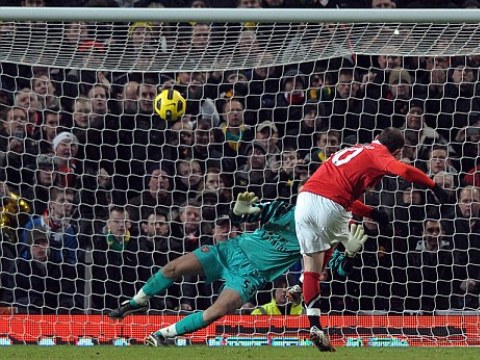For all of you football fans out there, what chance do goalkeepers stand against a penalty kick? I was reading the book "Why Don't Spiders Stick To Their Own Webs?" by Robert Matthews when I came across his answer to this question.
Penalty kicks were first introduced into soccer in 1891. The penalty spot is placed twelve yards from the goal-line. It takes about half a second for a typical penalty kick to travel that distance and that is also the typical reaction time of humans.
A goalkeeper trying to save a penalty is confronted with odds that are heavily stacked against him. It is like getting a coin and hold it at shoulder height. In the time taken for the coin to reach the floor, the keeper has to figure out where the ball is going, get to it and stop it. According to statistics, goalkeepers save just one penalty in five during UEFA football championships – around thirty percent of which have been decided on penalties.
The world's best goalkeepers typically make their first move around 100 milliseconds before the ball is struck and base their actions on the position of the legs and feet of the goalkeepers. According to research by sports scientists, the most valuable clues are to be found in the orientation of the hips and feet. Just before they take the kick, strikers usually plant their non-striking foot in the direction of the final kick. This "Watch the Other Foot" rule holds true around 80-85% of the time. On top of that, the "watch the other foot" strategy buys the keeper as much as 200 milliseconds to prepare before the kick is taken. For a ball struck at over 50 mph, that translates into a half a goal-mouth's worth of distance – and the difference between victory and defeat.
Wayne Rooney taking a penalty kick
Someone should highlight this to our national coach Datuk K. Rajagopal. He would be glad to have this tip!
 CY@CY Says Welcome to my dreamscape. Where a Lim is also a Ling.
CY@CY Says Welcome to my dreamscape. Where a Lim is also a Ling.